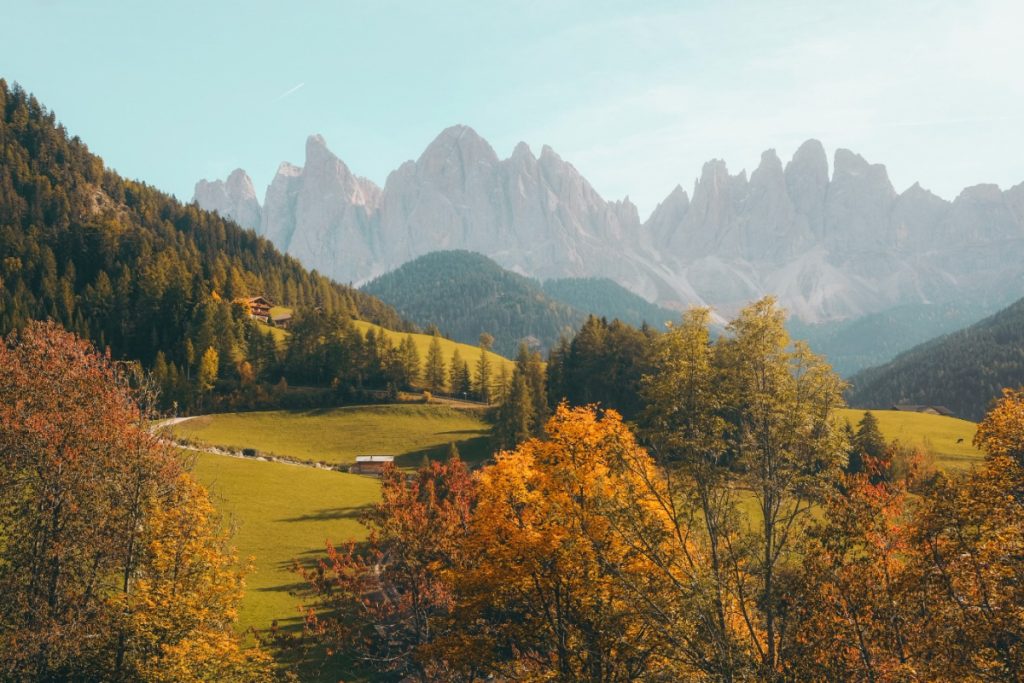Optimal printing settings for PLA can vary slightly between filament brands and 3D printer models, but here are general recommendations:
Nozzle Temperature (Extruder Temperature): Most commonly recommended between 190°C and 220°C. Some manufacturers suggest a slightly higher temperature for the first layer (e.g., 215°C) to improve bed adhesion. Temperatures on the lower end can result in cleaner prints, while higher temperatures can improve layer adhesion and flow.
Bed Temperature (Build Platform Temperature): A heated bed is not always strictly required for PLA, but it is highly recommended for better adhesion and to prevent warping. Recommended temperatures typically range from 35°C to 60°C, with 40°C to 60°C being common suggestions. For the first two layers, some recommend slightly higher temperatures (e.g., 65°C) to ensure good adhesion.
Print Speed: An ideal speed is often cited between 50 mm/s and 100 mm/s. Slower speeds (e.g., 50-80 mm/s) are better for detailed models, while faster speeds (e.g., 100-120 mm/s or higher with specific nozzles) can be used for less intricate parts.
Cooling Fan: High cooling fan speed (100% after the first few layers) is generally recommended for PLA to ensure clean, crisp layers and prevent issues like “elephant’s foot” or poor overhangs. It’s often suggested to turn off cooling for the first layer or two to aid bed adhesion.
Layer Height: Typical layer heights range from 0.12 mm to 0.3 mm. A thicker first layer (e.g., 0.25 mm or greater) can help with bed adhesion.
Retraction: Increasing retraction speed (30-80 mm/s) and distance (2-5 mm for Bowden setups, 1-2 mm for direct drive) helps to minimize stringing and oozing.
Build Plate Adhesion: Various surfaces can be used, including tempered glass, PEI sheets (smooth or satin), or carbon fiber board. Adhesives like glue stick or hairspray can also be applied.
Enclosure: Not strictly necessary, as PLA is less sensitive to ambient temperature changes compared to other materials like ABS. However, a controlled environment can still be beneficial.


